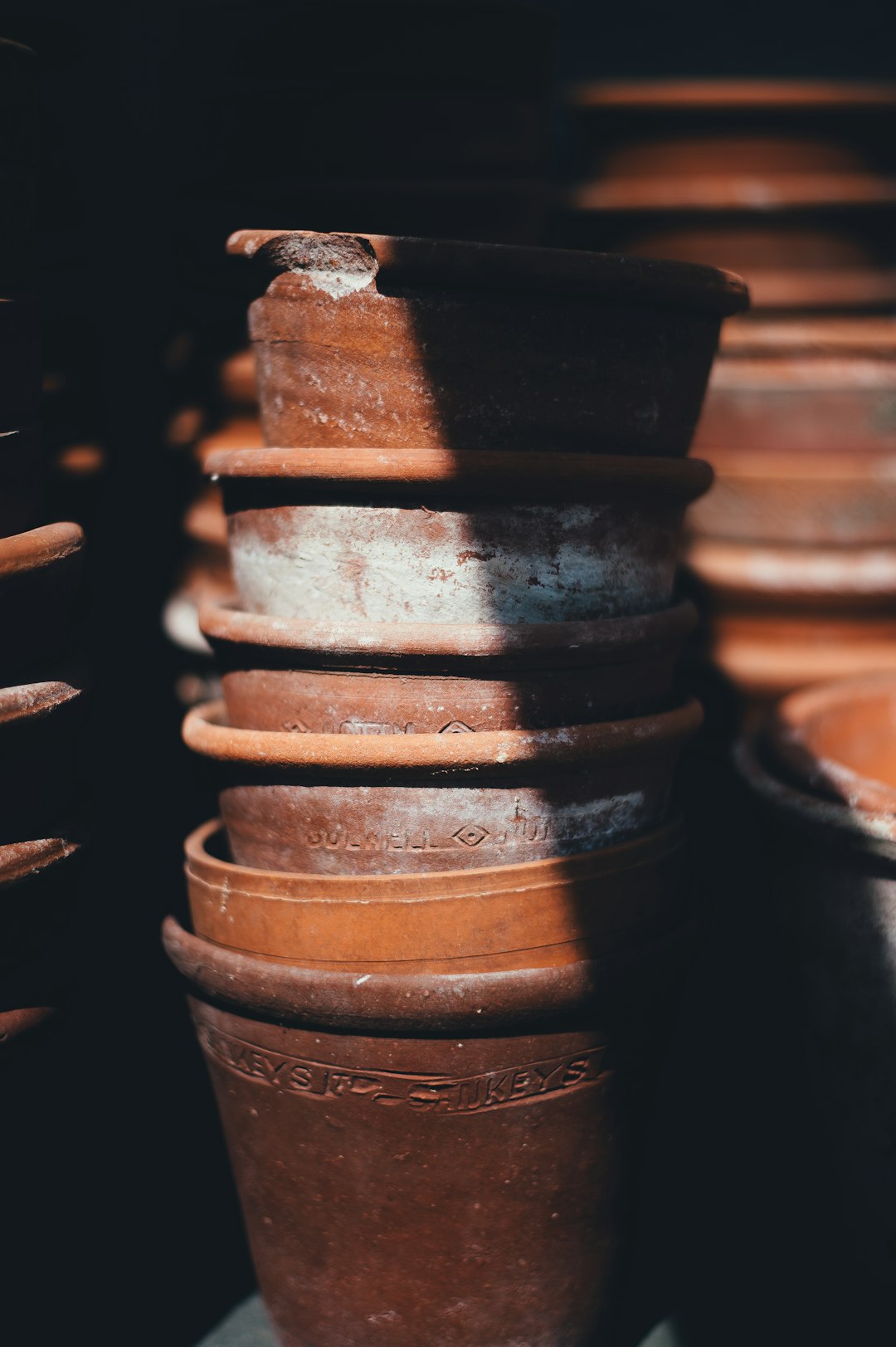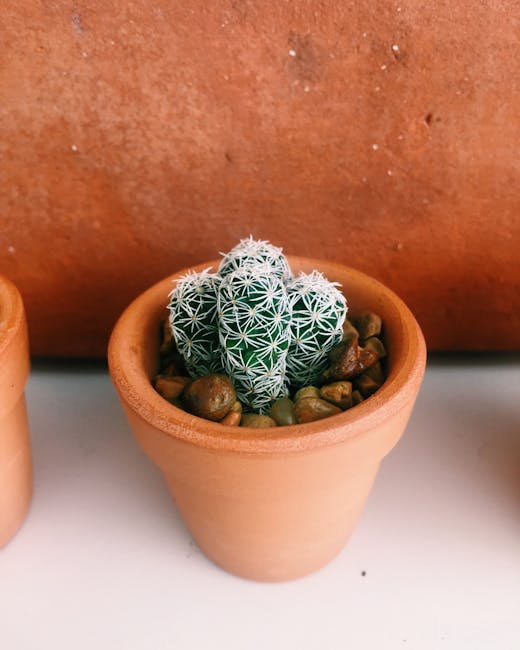Terracotta, which means "baked earth" in Italian, is a type of clay known for its rich, earthy orange hue. This material has been valued for centuries, not only for its practicality but also for its unique aesthetic appeal. Its distinct color combines the psychological benefits of both orange and brown, providing a stimulating yet calming effect.

The color terracotta provides a perfect balance of energy and tranquility. Orange promotes enthusiasm and creativity, while brown imparts a sense of reliability and warmth. This unique combination makes terracotta a versatile option for creating a balanced and inviting atmosphere in your bedroom.
Historically, terracotta has been primarily used in pottery and tiles. However, its application has expanded to include a variety of everyday products. Some common uses include:
One of the appealing features of terracotta is its wide range of shades. These range from lighter orange tones to deeper, almost brown hues. This variety makes it easy to find the perfect shade to complement any decor.

Terracotta is not just a color; it's a warm neutral that harmonizes with various other colors. Its earthy undertone makes it an excellent choice for those who wish to add a natural, soothing touch to their bedroom decor.
The soothing and inviting properties of terracotta make it particularly suitable for bedroom settings. By incorporating terracotta elements, you enhance the overall ambiance, making the room feel more relaxed and welcoming.
Here are some effective ways to incorporate terracotta into your bedroom design:
| Terracotta Element | Description |
|---|---|
| Paint | Use terracotta-colored paint on accent walls to create a focal point. |
| Bedding | Incorporate terracotta through pillows, blankets, and bedspreads. |
| Decor | Introduce terracotta vases, pots, and lamps for a cohesive look. |
| Textiles | Use terracotta-toned fabrics for curtains or upholstery. |
In addition to its aesthetic applications, working with terracotta, particularly in pottery and ceramics, requires understanding certain safety regulations. For comprehensive guidelines about safe practices in ceramics, you can check out the Safety Rules for Ceramics which emphasize the importance of personal protective equipment and proper kiln handling.


Immerse yourself in architecture’s most boundary-pushing ideas—where innovative home improvements meet visionary urban developments. Discover new building techniques, materials, and creative concepts that are redefining how we shape our spaces on a global scale.